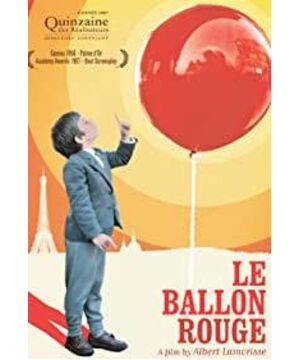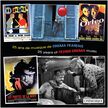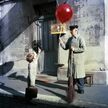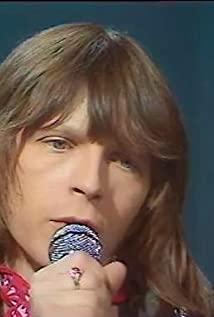Albert Lamorris directed two lovely films in the 1950s - "Broncos" and "Red Balloons". For half a century, the childish innocence of the movies so dreamy and so shattered has conquered. all. When I first watched it, what moved me was not only the simple and playful plot, the green and tacit interpretation, but also the double will the director conveyed in it—advising the troubles of growing up from the eyes of a father and blessing the childlike innocence to find a home. , sad but heartwarming.
"Wild Horse with White Mane" tells the story of a cruel and innocent tug-of-war. On the one hand, the wild cowboy wields a whip to tame the white horse, and on the other hand, the young Falco's kindness to the white horse makes them form a deep friendship. Those thrilling jungle stalking, accompanied by compact episodes, show uninhibited passion. At the end of the film, desperate, the young man is willing to go to the vast sea with the wild horses, that is the heaven of freedom to open their arms to them, so they reach eternity in the endless waves. "Life" has become transcended because of "freedom", and "freedom" has become sentimental because of the cost of life. The film is filled with an open-minded and desolate beauty.
If "Wild Horse" carried the teenager to realize the ultimate question of freedom, then "Red Balloon" tells an unreserved innocence. The little boy played by the director's son meets a red balloon on his lonely way to school. When he misses the tram, the red balloon accompanies him to the classroom; The boy fights to save the balloon when it's mischievously stolen...these sequences test the trust between two of the world's best friends. In the dull movie color scheme, an anthropomorphic balloon is inseparable from the protagonist. The red is so thick that it is inseparable. It is lively and vivid, as if it is a warm dream in childhood, and it seems to be love.
Both films address similar themes: freedom or innocence is a homogenous relationship to human nature. The film intentionally juxtaposes children with white horses and red balloons—the juvenile galloping on the white horse and the boy chasing the red balloon, the two are a community. Lamorris opens up to the film: freedom and innocence, children perceive their nature to be complete, but gradually lose their self-sufficiency on the way of learning to grow. The beauty and sadness of life lies in the poetic image minus the haze, full of fantasy in the light film language. That is also the director's expectation for his children as a father. However, it is the same expectation that the roles of "white horse" and "red balloon" may be replaced by everyone who protects us and waits for us on the path of suffering and division. Therefore, all along, between loss and possession, we should cherish more.
View more about The Red Balloon reviews







